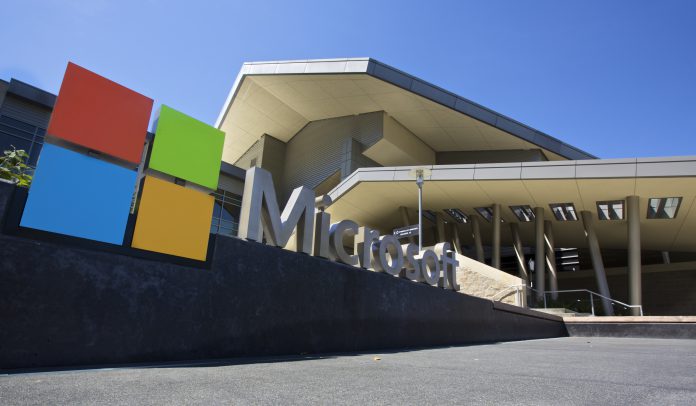The decisions taken by Microsoft and published today end a long-standing dispute. During the rivalry, a war of words quickly turned to a threat of legal action. It is unclear how this potential court battle affected Microsoft’s decision. Either way, Kaspersky Lab has decided to drop its impending lawsuit. You may remember, the anti-virus company accused Microsoft of favouring its own Windows Defender on Windows 10. That’s fair enough you may think, but Kaspersky argued it was taken too far. Kaspersky Lab accused Microsoft of creating a monopoly. Through the initial stages of a new Windows 10 build, users can only turn to Windows Defender. Third-party antivirus providers would not have updated their software to be compatible. Kaspersky also complains that new Windows builds turn off third-parties by default. The company contacted Microsoft and was willing to work towards finding a solution. That dialogue did not materialize so Kaspersky filed an antitrust complaint against Microsoft in Europe. While Microsoft maintained its Windows 10 practises were sound, a tussle in European courts would have been problematic. The EU is notoriously tough on tech companies, recently fining Google over $2 billion.
Changes
So, Microsoft instead deciding to play ball. In a blog post, the company says it will change how Windows 10 manages third-party anti-virus software. Specifically, the platform will now allow companies to resolve compatibility issues with new Windows updates before they are launched. Additionally, anti-virus software will now get notification real estate on Windows 10 for product renewals. Once expired, Windows 10 will use a persistent (and probably annoying) pop up that will continue to periodically show until the software is upgraded: “Part of delivering on that commitment is listening and responding to feedback from our customers and partners. We work closely with AV partners like Kaspersky Lab, and at our Microsoft Virus Initiative forum last month, we made great progress in building upon our shared understanding of how we deliver Windows 10 updates and security experiences that help ensure the ongoing safety of Windows customers.”




